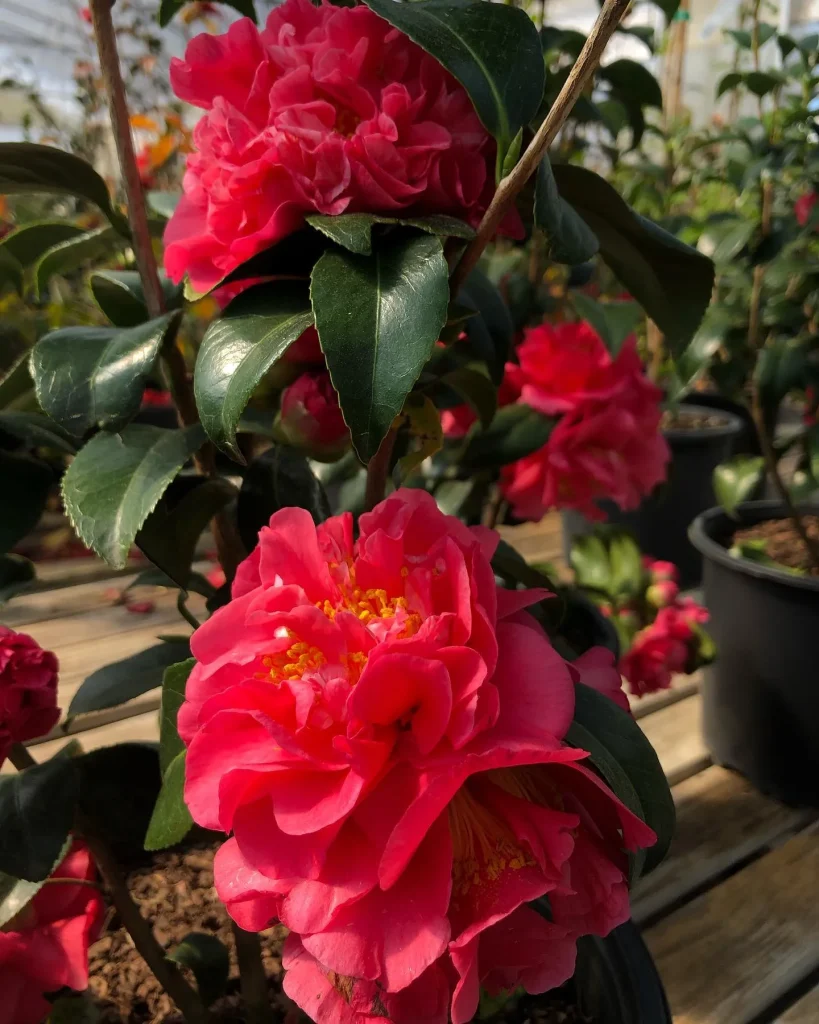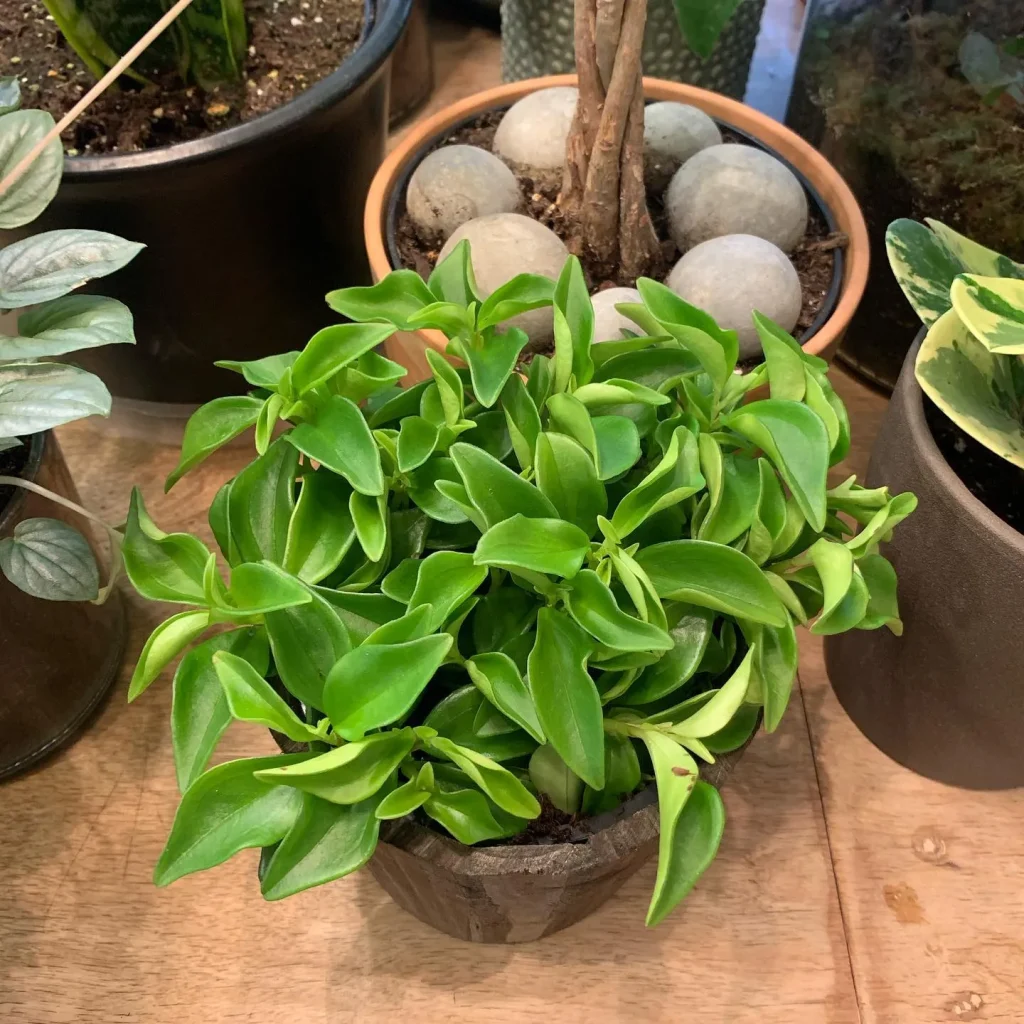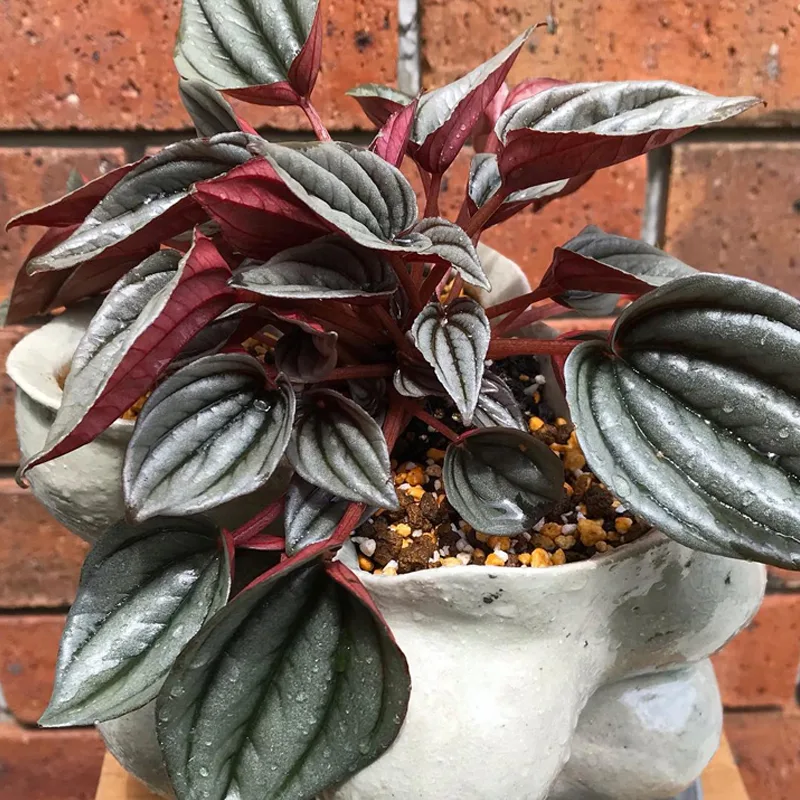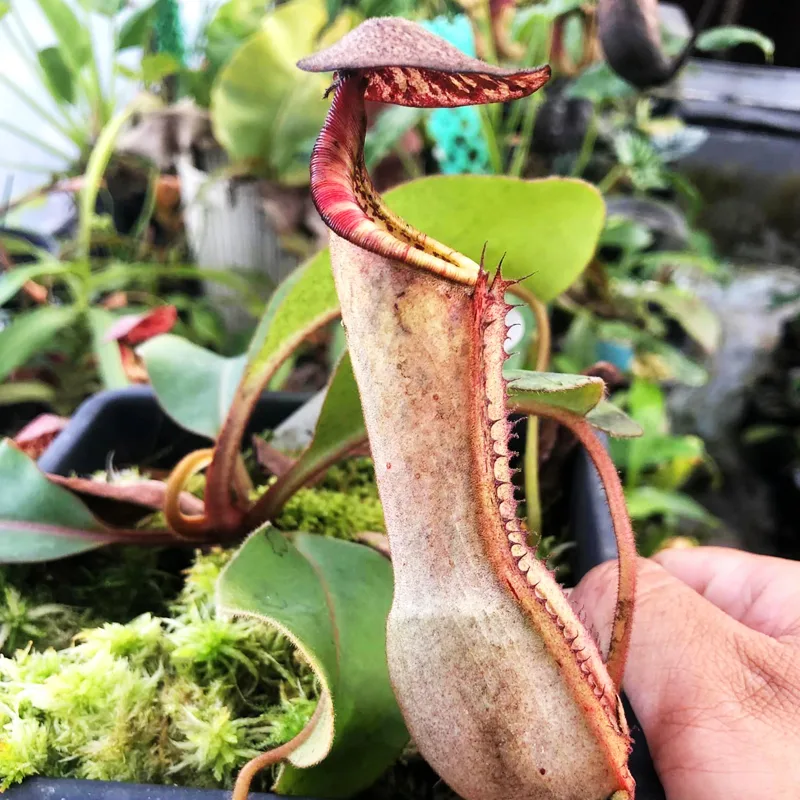
FAQs About Tithonia Rotundifolia
As someone who’s spent quite a bit of time gardening, I’ve found that Tithonia Rotundifolia, often known as the Mexican Sunflower, is a fantastic plant that can really brighten up your garden. This plant has a few nuances that might be confusing for new gardeners, so I’ve compiled some FAQs to help clarify common questions about it.
12 Species in Genus Tithonia
What Is Tithonia Rotundifolia?
Tithonia Rotundifolia is a striking plant native to Mexico, renowned for its vibrant orange flowers and large, round leaves. It belongs to the Asteraceae family, which also includes sunflowers and daisies. The plant is admired for its ability to attract pollinators like bees and butterflies, making it a popular choice for a colorful garden display.
Is Tithonia Rotundifolia an Annual or Perennial?
Tithonia Rotundifolia is generally grown as an annual in most climates. It completes its life cycle in a single growing season, producing flowers and seeds before dying off. In regions with frost or colder winters, it won’t survive beyond the first season. However, in USDA hardiness zones 9 and above, where winters are milder, it can act more like a perennial, reappearing each year if it reseeds itself.
When to Plant Tithonia Rotundifolia in Zone 9a?
If you’re gardening in Zone 9a, you’re in luck. This zone offers a long growing season, which is perfect for Tithonia Rotundifolia. The best time to plant this flower is in the spring, after the last frost date has passed and when soil temperatures are consistently warm. Generally, planting can start from late March to early April. This timing allows the plant to establish itself and bloom throughout the summer and fall.
Where to Buy Tithonia Rotundifolia?
Finding Tithonia Rotundifolia can be a bit tricky, but there are a few reliable places to look. You can often find seeds or young plants at local garden centers or nurseries that specialize in ornamental plants. Online retailers and seed catalogs are also excellent sources. Websites like Amazon, Burpee, or seed exchange forums may carry this plant or its seeds. Be sure to check reviews and sources to ensure you’re buying from a reputable seller.
Tithonia Rotundifolia vs Tithonia Diversifolia
Tithonia Rotundifolia and Tithonia Diversifolia are often confused due to their similar names and family ties. However, they have distinct differences. Tithonia Rotundifolia is known for its rounded leaves and bright orange flowers, typically growing to a height of about 3 to 6 feet. On the other hand, Tithonia Diversifolia, also known as the Tree Marigold, has more deeply lobed leaves and can grow much taller, up to 10 feet or more. The flowers of Tithonia Diversifolia are often yellow and can look quite different from the vibrant orange blooms of Tithonia Rotundifolia.
How to Care for Tithonia Rotundifolia?
Caring for Tithonia Rotundifolia is relatively straightforward. It thrives in full sun and well-draining soil. Regular watering is important, but be cautious not to overwater as this can lead to root rot. During the growing season, a balanced fertilizer can help encourage blooming. Deadheading spent flowers can also prolong the blooming period and keep the plant looking its best.
How to Propagate Tithonia Rotundifolia?
Propagation of Tithonia Rotundifolia is usually done through seeds. You can start seeds indoors 6 to 8 weeks before the last frost or sow them directly outdoors after the danger of frost has passed. To start seeds indoors, use seed trays filled with seed-starting mix and keep them in a warm, sunny location. Once seedlings are large enough to handle and the risk of frost has passed, you can transplant them outdoors.
What to Plant With Tithonia Rotundifolia?
Tithonia Rotundifolia pairs beautifully with other sun-loving plants. Consider planting it alongside companion plants like marigolds, zinnias, or black-eyed Susans to create a vibrant, colorful garden. Its tall stature and bold flowers can also provide a stunning backdrop for shorter plants and ground covers.
Can You Grow Tithonia Rotundifolia Indoors?
While Tithonia Rotundifolia is generally grown outdoors due to its size and light requirements, it is technically possible to grow it indoors if you have a large enough space and sufficient light. A sunny, south-facing window or supplemental grow lights would be necessary to mimic its natural conditions.
Is Tithonia Rotundifolia Toxic?
Tithonia Rotundifolia is not known to be toxic to humans or pets. However, as with many plants, it’s a good idea to avoid ingestion and keep it out of reach of curious pets or young children to prevent any accidental issues.
Benefits of Tithonia Rotundifolia
Beyond its aesthetic appeal, Tithonia Rotundifolia offers several benefits. Its bright flowers attract pollinators, which can help improve the health of your garden. Additionally, the plant’s large leaves and tall stature can provide natural shade and windbreaks in garden beds.
Common Problems with Tithonia Rotundifolia
One common issue with Tithonia Rotundifolia is its susceptibility to aphids and other pests. Regular inspection and maintenance can help manage these problems. Additionally, in areas with excessive humidity, watch for signs of fungal diseases like powdery mildew.
In summary, Tithonia Rotundifolia is a delightful addition to any garden, offering vibrant colors and attracting pollinators. Understanding its needs and characteristics can help ensure a successful growing experience. Whether you’re in Zone 9a or looking to compare it with Tithonia Diversifolia, this plant brings a burst of sunshine to any space.
If i die, water my plants!



